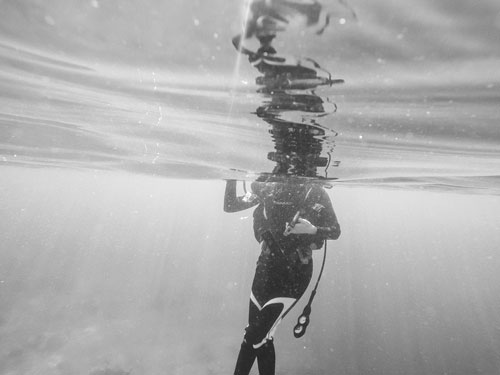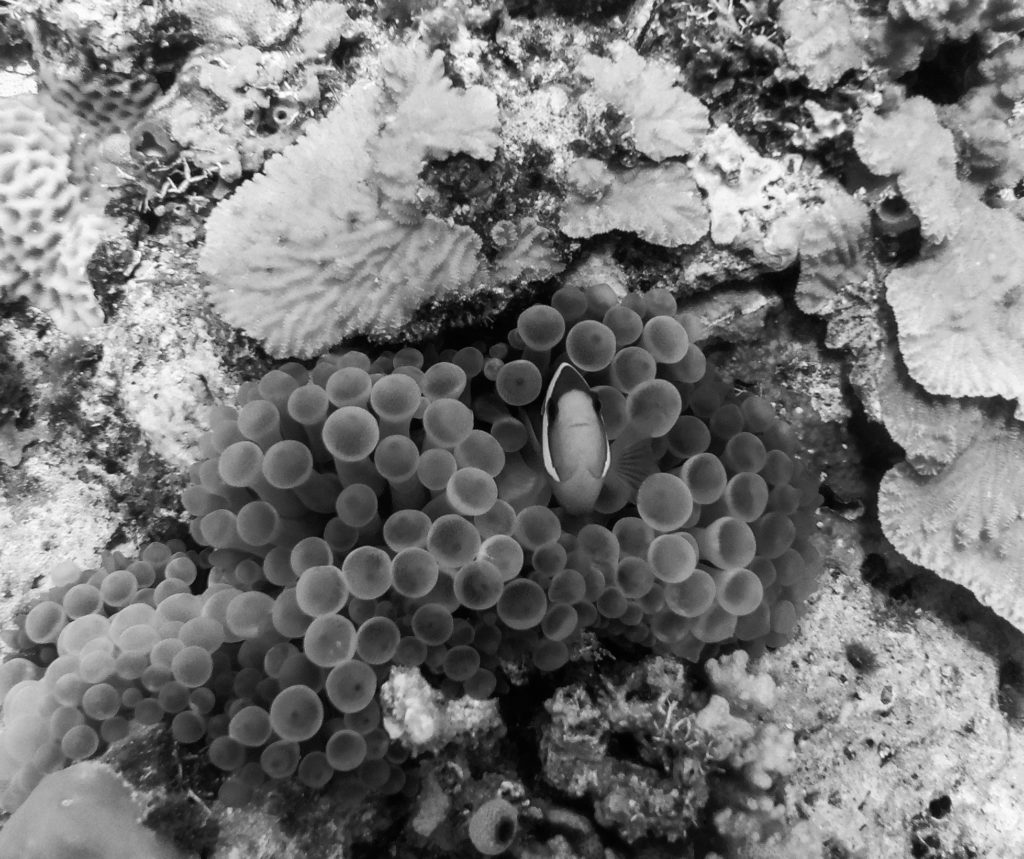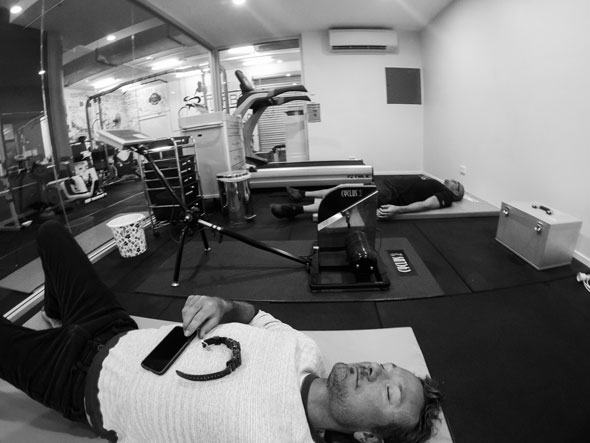How do we breathe when we’re underwater?
Does it matter how we breathe? let’s find out if it matters!
I recently had a SCUBA and free-diving holiday on a liveaboard in Komoda National Park, Indonesia. It made me think critically about what exactly happens to the breath and our body when we are breathing using a SCUBA tank? With a little work you can significantly improve your dive, your buoyancy control and your bottom times.

I’ll be real, it’s a little complex – there are changes in everything from how the body controls temperature to energy demands and the ‘diving reflex’ – but let’s focus on the respiratory system and the breath only!
SCUBA involves breathing air from a pressurised tank which contains exactly the same air as you are hopefully breathing right now, but it’s been compressed! This is the sound you hear in a dive shop the day or morning before a dive – tanks being filled with the same air we are breathing, but stuffed in so it’s under pressure.
Under the water when we are on a SCUBA tank, we are breathing a mixture of gas…
IN:
21% Oxygen
78% Nitrogen
OUT:
Carbon dioxide which is released into our atmosphere as it rises in the water column

SCUBA:
- When you breathe out you become less buoyant and slowly start to float down
- When you breathe in you become more buoyant and slowly start to float up
- The slower you breathe the steadier your buoyancy will be
- The less energy you use when moving and BREATHING the longer your air will last underwater
- The lower the air in your tank, the more buoyant you become
Diving underwater, I thought of my breath as an extra BCD vest, another tool for micro-regulation of my buoyancy. To glide down a cave or lift over a coral head, my breath became my personal jet, used to glide effortlessly. This is related to techniques I teach swimmers such as Olympians James Roberts, David Morgan and Cameron McEvoy; on how to take the biggest breath they can – so when they dive in the water, they can use their extra buoyancy as an upward force when rising from a dive, and improving their position in the water as they swim. A small training effort can improve your inhaled volumes which will allow you to use this extra buoyancy throughout your dive, minimising your kicking effort and improving efficiency.
It feels amazing to improve the control of your breath, and it’s not that hard to learn even if you don’t dive. With most people I train in the clinic, we work towards taking the biggest breath they possibly can – improving respiratory cage flexibility and improving technique. Many trainers do this, so I’m able to utilise different leading techniques that I have learnt from experts such as Stig Severinsen, Wim Hof and many others. BUT, most importantly, I measure progress and breathing function every single time – and if a client is not improving, then we change the technique and try something different that works better for their body.
A very unique way to train is exercising with a “negative breath” framework. This means no air in the chest, forcefully exhaling before undertaking an exercise. This becomes useful when you want to descend in a dive, reducing your buoyancy, and with a little practice you become accustomed to the uncomfortable feeling you get with no air in the lungs. It also induces a different change in a divers overall performance…….it’s a challenge for the best of us, and when you can master this, I am sure your diving experience can improve significantly. Negative breath training should also form a part of your breath training program – the sympathetic response, and your control of this can be a great tool for you.
TRY THIS AT HOME:
Do 5 push ups, fully exhale
hold your breath for 30 sec
one breath in and ONLY ONE OUT and hold for 30 sec
last breath in and ONLY ONE out for 30 sec.
IF YOU CAN DO THAT YOU’RE ABOVE AVERAGE FOR A CLUB LEVEL ATHLETE
EVIDENCE:
As it’s a new science, not much research exists on negative efforts yet – so I’m not going to yell all this from the rooftops until more research is done or I do it myself – BUT – breath training and SCUBA I am gonna yell!
Lindholm (2007)
Studied 20 SCUBA divers and looked at the introduction of a breath training program on respiratory variables and swimming performance of SCUBA divers. What they found was that if you perform some resistance breathing training, you see measures that translate to improved respiratory muscle endurance during swimming tasks both on the surface and swimming.
EG: Participants who undertook the breath strength training program for 4 weeks saw increased breathing muscle strength, increased breathing endurance, and increased power in the breathing muscles. I always get asked by Respiratory Physicians who I talk to regarding varied patients with breathing pathology “breath training does not improve pulmonary function tests!”
….TRUE, but
But we need to remember that traditional measures such as vital capacity (L), FEV1 and FVC that these specialists rely on for clinical decision making do not mean we are not improving an athlete’s ability to improve performance or improve a patient’s health. If you want the most solid and undeniable evidence for this – and there are many such papers – click the review article by Gossilink et al in 2011 whom looked at breath training for patients with COPD.
Wyelagala (2006)
Clearly states that when your underwater, its more physically challenging for the breathing muscles due to the increased water pressure on your lungs and chest and the increased airway resistance in the SCUBA apparatus. Both of which ultimately require more energy demands from the breathing muscles. Its harder to breathe underwater!
They found that after some breathing training, divers could swim longer until they became fatigued and this was achieved through reduced breaths, improved volume for each breath, and a more fatigue proof breathing system.
So what does this all tell us?
According to the research, when breathing underwater, divers who had completed a breath training program were able to swim longer, were less fatigued, and took less breaths during the dive – all in line with my practical experience. And this is all facilitated through the respiratory muscle metabo-reflex, better control and improved awareness of respiratory performance after training. If you want to read about this a little more, check this post.
There are more reasons to think about breath training than just for SCUBA diving. Many practitioners such as Brian McKenzie, Wim Hof and Stig Severinsen will attest to how good you feel when undertaking regular breath training.

(Working with David Morgan on C02 tolerance and relaxation techniques before Commonwealth Games)
One last thing…
Did you know that when we are submerged and under pressure, fluid in your body moves from the tissues into the bloodstream and actually makes the heart work a little harder. Something to think about, you do need a level of fitness for SCUBA. Cardiac output increases from 32-62%, despite heart rate lowering when we are in the water. Therefore, you can actually feel the heart a lot more when you are diving, this is a good rhythm to use when underwater and maintaining efficient use of your supplies. Connect your breath and movement with your heart rate and you will have an awesome next dive!
So on your next dive, take big breaths in to increase your buoyancy, fully exhale to sink and slow the breath down and conserve your Oxygen. If you would like anymore information please contact me to discuss.